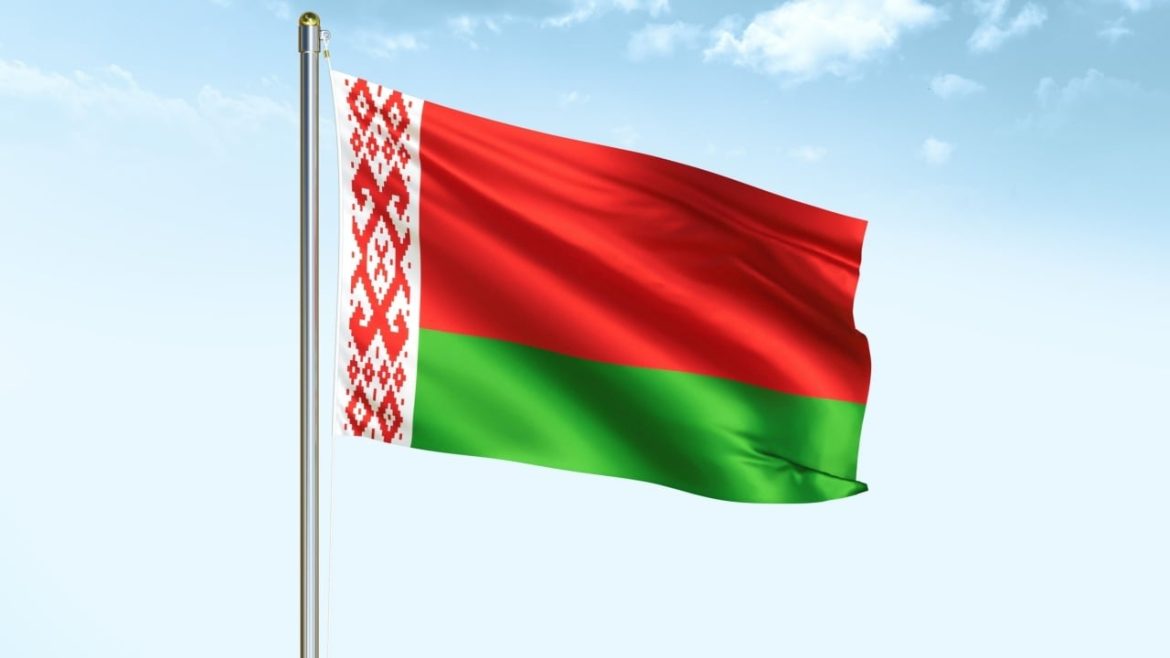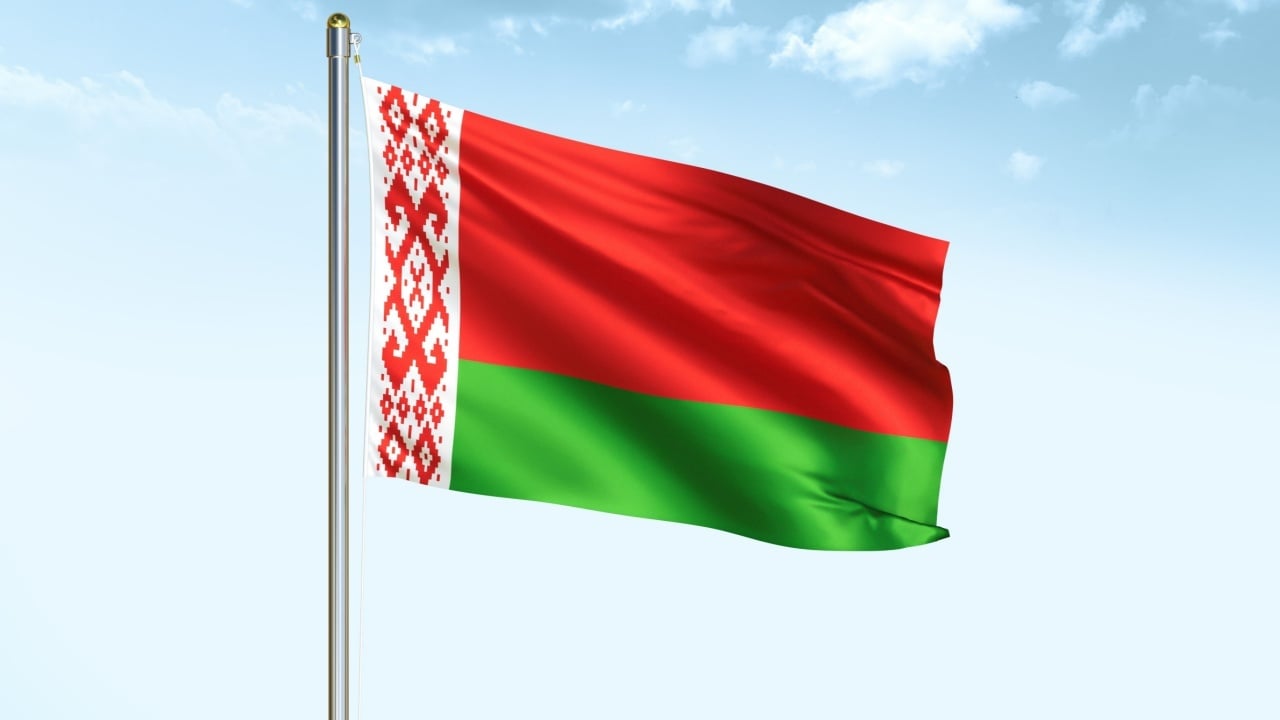The Digital Ruble and BRICS: A Paradigm Shift in Global Finance?
The global financial landscape is undergoing a profound transformation, driven by the rapid advancement and adoption of digital currencies. This shift is particularly significant for nations seeking greater financial sovereignty and independence from traditional Western-dominated systems. Belarus, strategically positioned at the crossroads of Europe and Asia, is emerging as a key player in this evolving narrative, particularly through its proposed integration of digital currencies within the BRICS economic bloc. This initiative has the potential to reshape international trade, challenge the dominance of the US dollar, and foster a more decentralized and equitable global financial order.
Belarus’s Strategic Move: The Digital Ruble
Belarus is making significant strides in the realm of digital finance, with plans to officially launch its Central Bank Digital Currency (CBDC), the digital ruble, by the second half of 2026. This move is not merely a technological upgrade but a strategic maneuver to enhance the nation’s financial infrastructure and foster greater economic integration with its partners, particularly within the BRICS framework.
The digital ruble promises a range of benefits, including enhanced efficiency, increased transparency, financial inclusion, and greater control over monetary policy. By leveraging blockchain technology, Belarus aims to streamline transactions, reduce processing times, and lower costs associated with traditional payment systems. This initiative aligns with the broader trend of digital currency adoption, which is gaining momentum globally as nations seek to modernize their financial systems and reduce reliance on foreign currencies.
BRICS: A Bloc United by Financial Independence
The BRICS nations (Brazil, Russia, India, China, and South Africa) have long sought to reduce their dependence on the US dollar and Western-dominated financial institutions. This desire for greater financial sovereignty has led them to explore alternative payment systems, trade in national currencies, and the potential creation of a common BRICS currency.
Belarus’s proposal to integrate digital currency platforms within the BRICS settlement system aligns perfectly with this objective. By leveraging digital currencies, the BRICS nations can bypass sanctions, promote trade in national currencies, and establish a parallel financial infrastructure that operates independently of Western control. This move could significantly alter the global financial landscape, providing a viable alternative to the US dollar-dominated system.
Integrating Digital Currencies: Opportunities and Challenges
The integration of digital currencies within the BRICS settlement system presents both significant opportunities and challenges. On the one hand, digital currencies can foster greater economic cooperation and integration within the BRICS bloc, leading to increased trade, investment, and economic growth. They can also reduce transaction costs, increase efficiency, and promote financial inclusion.
However, the integration process is not without its hurdles. Regulatory harmonization, technological interoperability, security, and widespread adoption are all critical factors that must be addressed for the successful implementation of digital currencies within the BRICS framework. Ensuring that different digital currency platforms can seamlessly interact with each other is crucial for the success of the initiative. Additionally, digital currency platforms must be secure and resilient to cyberattacks, which pose a significant threat to the integrity of the system.
The Potential Impact on the US Dollar
The rise of digital currencies and the BRICS’ efforts to create an alternative financial system pose a potential challenge to the dominance of the US dollar. For decades, the US dollar has been the world’s reserve currency, used in the majority of international transactions and held by central banks around the globe.
However, the growing dissatisfaction with the US dollar’s hegemony, coupled with the increasing adoption of digital currencies, could erode its dominance over time. If the BRICS nations successfully create a viable alternative financial system based on digital currencies, it could lead to a reduction in the demand for US dollars in international transactions. Central banks may begin to diversify their reserves away from US dollars and into other currencies, including digital currencies. This shift could weaken the US’s economic and political influence on the global stage, contributing to the emergence of a multipolar financial world.
Beyond De-Dollarization: A Multipolar Financial World
While the potential challenge to the US dollar is a significant aspect of this transformation, the broader implications extend far beyond de-dollarization. The rise of digital currencies and the BRICS’ efforts to create an alternative financial system are contributing to the emergence of a multipolar financial world, where power is more evenly distributed among nations.
This shift could lead to a more equitable and stable global financial order, where developing nations have a greater voice in shaping the global financial agenda. Financial innovation is fostered, leading to better financial products and services for businesses and individuals around the world. A more diversified financial system can be more resilient to shocks and less prone to systemic crises, contributing to greater global financial stability.
Conclusion: A Future Forged in Code
The integration of digital currencies within the BRICS settlement system is not just a technological upgrade; it’s a geopolitical game-changer. Belarus’s proactive role in this movement highlights the growing desire for financial independence and a more equitable global financial order. While challenges remain, the potential benefits are immense, promising a future where nations are empowered, economies are interconnected, and the global financial landscape is reshaped by the transformative power of digital currencies. The journey has begun, and the world is watching as the BRICS nations, led by innovative players like Belarus, forge a new path towards a multipolar financial future. The future of finance is being written in code, and the implications are profound.





